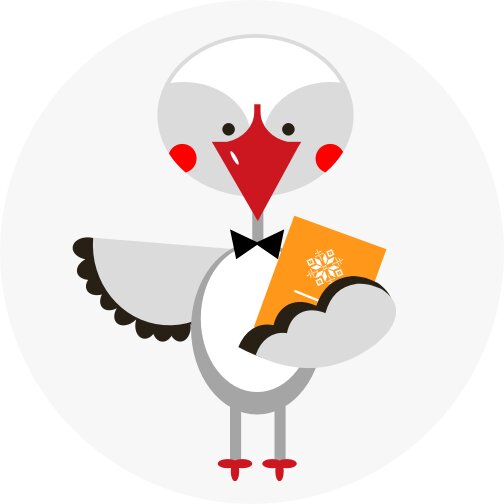History of Belarus
Dear friends,
Has it ever occurred to you why our people are called Belarusians and why our Motherland is called Belarus? Scientists say that belaya (which is the Russian for white) means great, sacred, free, independent. Indeed, since ancient times the white color has had the meaning of freedom. That was why our ancestors wore white linen clothes as demonstration of kindness, hospitality, love for the Motherland, and readiness to defend their country.

First people settled in what is present-day Belarus many years ago. Our ancestors settled on the banks of rivers and lakes. Their main occupations were farming, fishing, and hunting.
The territory of Belarus was gradually populated by tribal associations of the East Slavs – the Krivichi, Dregovichi and Radimichi. A tribe is a group of people of common origin having their own language and place of living. They were first mentioned in the Tale of Bygone Years.
The town of Polotsk and the Principality of Polotsk which united the lands of the Krivichi were mentioned in chronicles in 862. The first mention of the Principality of Turov dates back to 980. The principalities of Polotsk and Turov were the first states on the territory of our Motherland.
New cities and towns emerged in Belarus after the formation of these states. The oldest cities and towns are Vitebsk (974), Zaslavl (late 10th century), Brest (1019), Orsha (1067), Logoisk (1078), Pinsk (1097), Borisov (1102).
The formation of states spurred the development of culture, written language, religion. Christianity spread on the Belarusian lands during that time. One of the most famous Belarusian enlighteners of the time was Euphrosyne of Polotsk.
In the 13th century, our ancestors merged with the Balts to form a new state – the Grand Duchy of Lithuania.
The Grand Duchy of Lithuania gradually incorporated all Belarusian principalities. During its heyday, the Grand Duchy of Lithuania was one of the biggest European states, with its territory stretching from the Baltic Sea to the Black Sea.
In that period Francysk Skaryna published The Psalter – the first printed book on the territory of the East Slavs. One of the first written collections of laws – the Statute of the Grand Duchy of Lithuania – was published in 1529.
In 1569, the Grand Duchy of Lithuania united with the Kingdom of Poland. This union created a single state, the Polish-Lithuanian Commonwealth (aka Rzeczpospolita).
However, weakened by constant wars and domestic feuds, Rzeczpospolita was divided in the late 18th century between other countries. Belarusian lands merged with the Russian Empire.
After the October Revolution of 1917, Soviets came to power.
In 1922, the BSSR became one of the founding countries of the Union of Soviet Socialist Republics (USSR).
The Great Patriotic War of 1941-1945 was the most tragic and heroic period in the history of the Belarusian people. Men, women, old people and children fought shoulder to shoulder against Nazi invaders. Child heroes Petya Kotelnikov, Marat Kazei, Zina Portnova and others are famous all over the world.
The road to peace and revival in Belarus began only in 1943 when first Belarusian villages and towns were liberated. The Day of Liberation of Minsk from Nazi invaders (3 July) became a state holiday, Independence Day of the Republic of Belarus.
The contribution of the Belarusian people to the struggle against fascism was highly appreciated by the international community. The BSSR became one of the 51 founding nations of the United Nations.
The post-war period was the time to deal with the aftermath of terrible destruction, to rebuild cities and villages. Thanks to the diligence and enthusiasm of Belarusians, our country turned into an industrial hub of the Soviet Union. The BSSR was a country with advanced education, science, culture, and healthcare.
In accordance with the Constitution, all the power in the republic belongs to people. The supreme elected state body is the parliament called the National Assembly. This is the main law-making authority in our state.
The President is the Head of State. The President is the guarantor of rights and freedoms of people, fair relations in the society. Aleksandr Lukashenko was elected first President of the Republic of Belarus at the nationwide election in 1994.
The implementation of laws is ensured by the government. It is called the Council of Ministers of the Republic of Belarus.
Such Belarusian brands as MAZ, MTZ, BelAZ, the Hi-Tech Park are famous worldwide. Our country and people are known and respected all over the world.